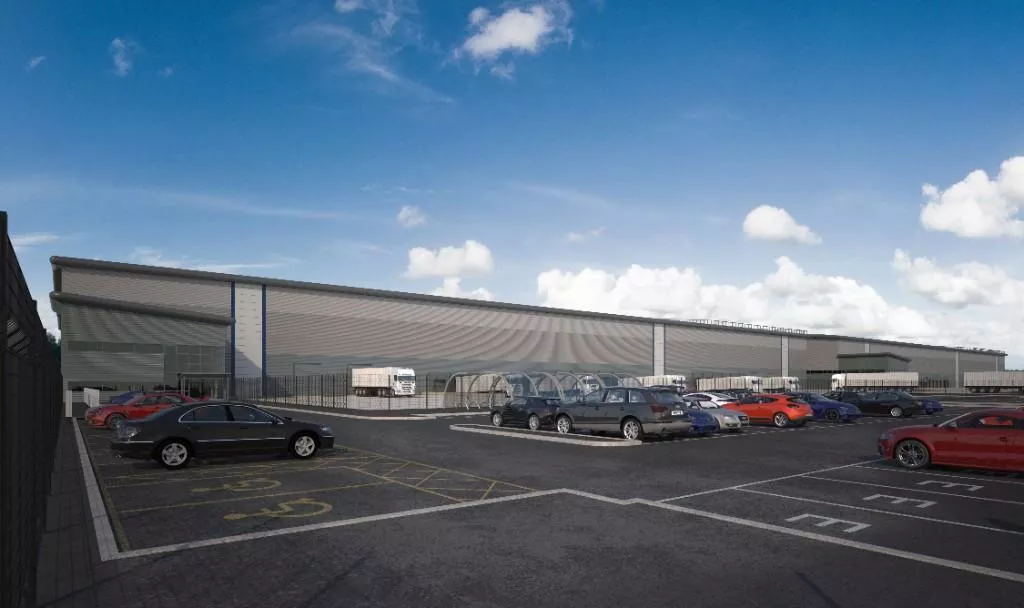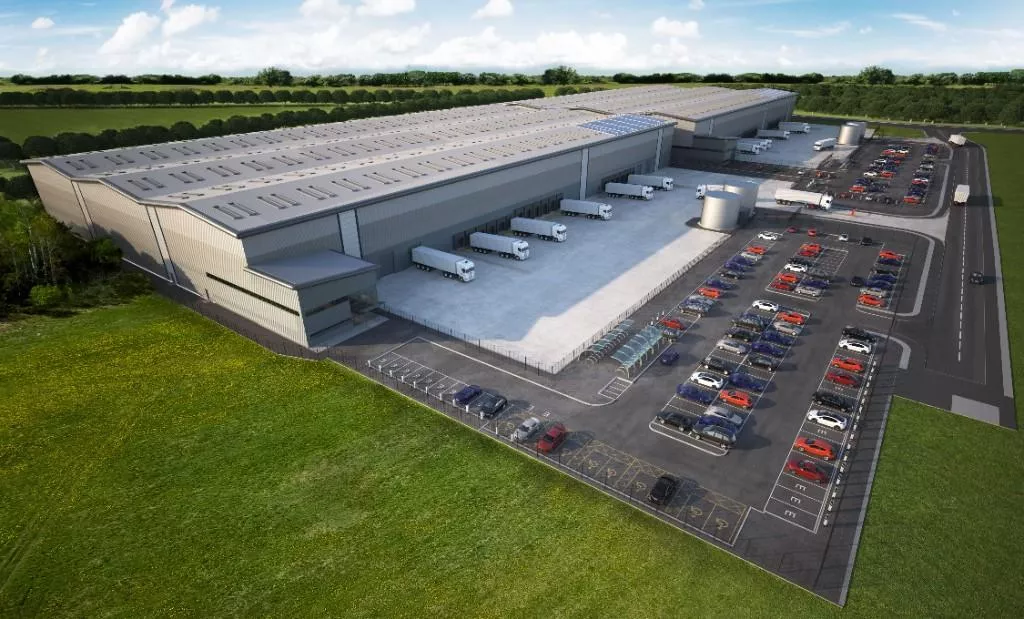Wakefield Hub, Newmarket Lane, Wakefield, WF3
Key features
- UP TO 15M CLEAR WORKING HEIGHT
- TARGET EPC 'A'
- 50 KN/M2 FLOOR LOADING
- YARD DEPTH OF 50M
- 16 DOCK LEVEL LOADING DOORS
- TWO STOREY OFFICES
- 2 LEVEL ACCESS DOORS
- OUTLINE PLANNING FOR UP TO 105,206 SQ FT
- OVEN READY SITE
- TARGET BREEAM 'VERY GOOD'
Property description
The development extends to around 200 acres and can accommodate up to 1 million sq ft of space, with bespoke design and build opportunities to suit tenant requirements.
The site has excellent power and labour supplies making it ideal for manufacturing uses. At the heart of the Northern Powerhouse, Wakefield Hub has unrivalled access to the national motorway network via the M1 around 1 mile to the west and A1(M) 7 miles to the east.
No reviews found









